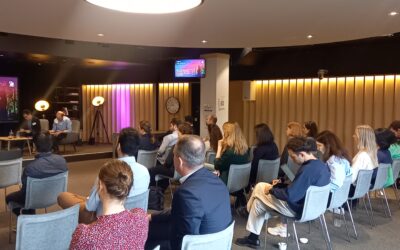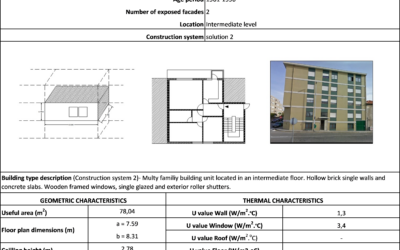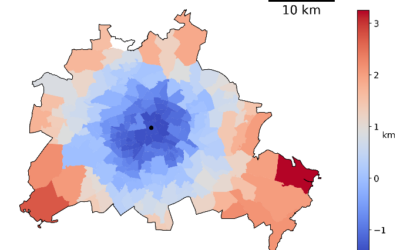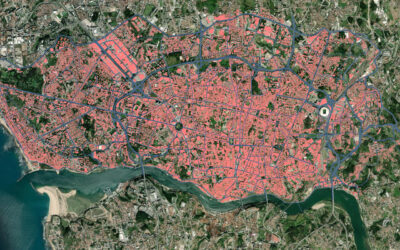News & Events
Stakeholders come together to build on narratives for a European net-zero Circular Economy
CircEUlar in collaboration with fellow EU Horizon project PRISMA held a stakeholder workshop on 14th March 2024, bringing together experts and decision-makers from industry, policy and civil society to discuss circular strategies in the areas of digitalisation, mobility, and buildings.
Using building archetypes to estimate urban material stocks
Following an innovative and integrated modeling approach supported by machine learning algorithms, the CircEUlar research team is designing a comprehensive framework that combines physical urban features, socio-economic and behavioral variables.
Exploring alternative futures for digitalisation infrastructure
Image by rawpixel.com on FreepikThere have been diverse opinions regarding the impact of digitalisation on sustainability, ranging from being seen as an enabler, to potentially causing adverse effects (backfire). Irrespective of these perspectives, the demand for...
CircEUlar is organising a Joint Workshop on Circular Economy Economic Modelling
On the 1st of July 2024 in Leuven (Belgium), CircEUlar, together with IAM-Circ, Circomod, and ScarCyclET, will organise a Joint workshop on Circular Economy Economic Modelling.
Fostering circularity through cross-sector stakeholder engagement
On March 14th, CircEUlar will run its first expert stakeholder workshop ‘Towards Net-Zero through a Circular Economy’ in Brussels, organised by T6 Ecosystems, together with Bruegel. Experts and decision makers from the fields of circularity, mobility, built environment and digitalisation will be present.
Sustainable Urban Mobility: Insights from European Cities
A recent study in Transportation Research Part D by Berrill et al. sheds light on sustainable urban living by examining the intricate associations between urban form, car ownership, and travel behavior across nineteen diverse European cities.
Europe’s circular economy needs to be built on experts’ experience and knowledge
Over the past month, T6 Ecosystems, responsible for CircEUlar stakeholder and policy engagement as well as for the project’s communication and dissemination activities, has been conducting expert interviews.
How values, beliefs, and norms influence circular consumption and citizenship behaviours: initial findings
Over the past few months, the University of Groningen, a project partner with CircEUlar, conducted an initial study on factors that influence whether people engage in circular behaviour related to mobility and housing.
CircEUlar uses machine learning to model urban circularity
Building from a past machine-learning (ML) model analysing the impact of urban form on energy demand, CircEUlar partner INEGI is now working on expanding it to a circularity perspective, with a view at informing policies and strategies towards carbon neutral urban areas.
Our Integrated Assessment Models Need a Circular Revolution Now
In the face of the global challenge of climate change, materials, and circular economy policies emerge as vital players, deserving a central role in IAMs. The integration of these elements into the models
becomes our pathway toward a more effective and holistic low carbon future.










